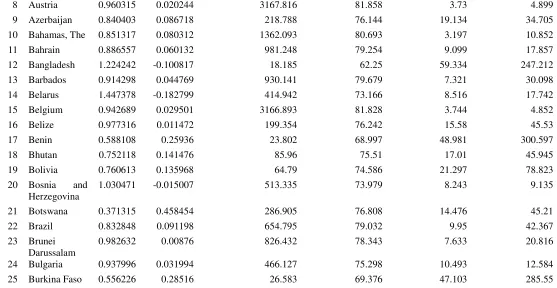A generalized directional distance function in data envelopment analysis and its application to a cross country measurement of health efficiency
Full text
Figure




Related documents
poverty traps, using a micro model of consumption They estimate the model using farm-household panel growth incorporating geographic externalities, whereby data from
Keywords: Autism spectrum disorder, Fatty acids, Diagnostic biomarkers, Multivariate statistical
Previous work with the ANICE ice-sheet model (de Boer et al., 2013, 2014) used an inverse coupling method, whereby a global temperature offset is calculated in every model time
5 General information About the Workshop Manual This Workshop Manual contains technical data, descriptions and repair instructions for the standard. Md11c&d &
Results and analysis in the current section focus on a range of angles of attack for this case near the design lift coefficient ( α = 2. The majority of the results presented for
In the context of this theory, the researcher is interested in how Asian college students with their personal and/or family demographic characteristics learn about finances
Robert C. Hampshire, PhD, Assistant Research Professor Dissertation Advisor: Jerrold May, PhD, Professor.. Copyright © by Shannon LaToya Harris 2016.. Patients who no-show or
The new model, called dRSM, uses a state space model to model the evolution of the latent group proportions over time. A variational ex- pectation maximization (VEM) algorithm
